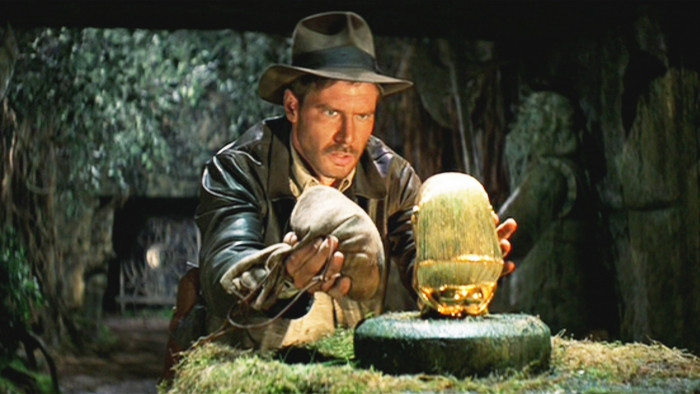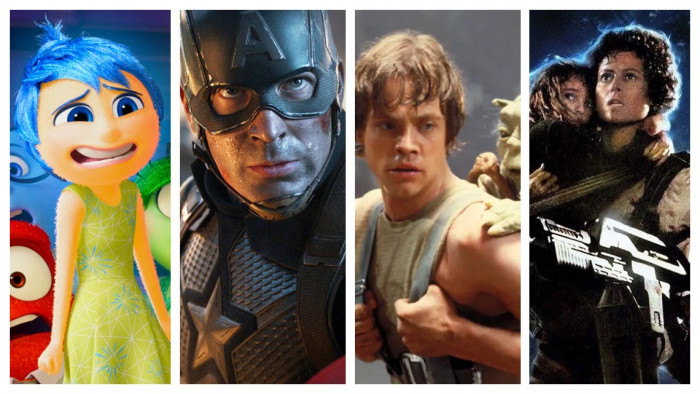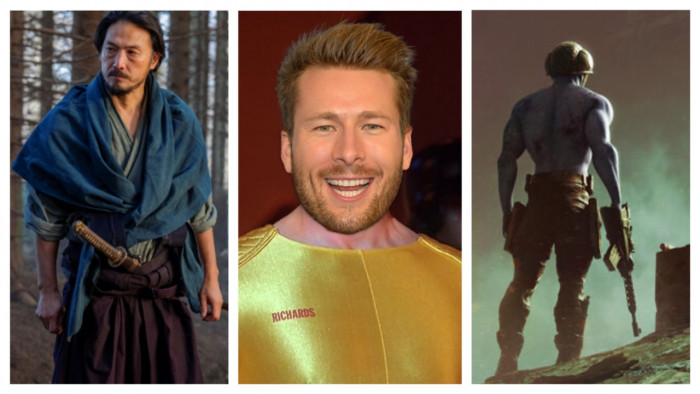Bryan Singer on returning to X-Men, quantum physics and a fear of Fassbender
It’s been a while since you directed X-Men and X2. Was it difficult returning after 10 years?
No, I actually found it quite comfortable, particularly with those characters I was so familiar with. The most challenging aspect was the schedule. Peter Dinklage had Game Of Thrones, we lost Hugh Jackman for two weeks to promote The Wolverine, Jennifer Lawrence had to make Hunger Games. So I was shooting elements for the end of the movie on the third day of production.
What brought you back?
Well, I was going to direct X-Men: First Class, but I couldn’t because of an obligation. So when this happened the appeal was two-fold: I got to continue telling that story and make a movie in the Seventies, which was fun, and I was able to direct younger characters, but also reunite with old friends.
You’ve got a cast of huge names from old and new X-Men films. How did you combine both eras?
The movie was done in two parts, very similar to how I did Usual Suspects. Firstly I shot the feature elements which involved the older cast and Hugh Jackman [as Wolverine]. So the first month of shooting was that world. Then they left and the younger cast arrived and it felt like a completely different movie.
Any nerves working with so many big names?
The most apprehension I had was about Michael Fassbender and James McAvoy, because they’re such stunning actors. I’ve directed half the National Theatre, but these guys are very serious in their performances and you wonder if they take themselves seriously. It turned out they’re the coolest guys you could possibly imagine.
This film sees Wolverine sent back to the Seventies. How important was it to get the time-travel elements right?
Extremely important. I was obsessed with creating a conceit that would make sense, so I turned to quantum physics. I used the theory of the observer and the super-position. There’s an idea that when something isn’t observed yet, it both has and has not happened at the same time.
So how does that play out in the film?
When Wolverine is sent back in time his younger self becomes the observer. As long as he remains in the past, inside his younger self, he is observing the past, but he hasn’t observed the future yet. That’s called the super position. It’s only when Wolverine’s character returns to the future the super-position collapses and what he does then takes hold and becomes history. So it’s truly every bit as much a time-travel film as it is a new X-Men film.
Nice and simple then. What’s the biggest challenge filming a long-running franchise?
You can never please all the people all of the time. It’s tough with an ensemble film, but I try to look at the essence of the character from the comic book. You make sure certain details are intact: Wolverine has three claws on each hand, Iceman makes ice. In this movie, I put in Wolverine’s air sickness – just a bit – so fans watching might be like, “OK, he understands this character’s anger, but also understands he has these little quirks.”
This is the seventh X-Men film. Why are mutants still so popular?
The entire universe is hung on a theme of tolerance, acceptance and trying to make your way in a challenging world. I don’t care how popular, athletic or rich you are, everybody at some point in their life feels different. So, in a way, it’s kind of wish fulfilment on the part of people who feel like outcasts.
X-Men: Days of Future Past hits cinemas May 22
Latest
Related Reviews and Shortlists


The 10 best war movies of the 21st century









